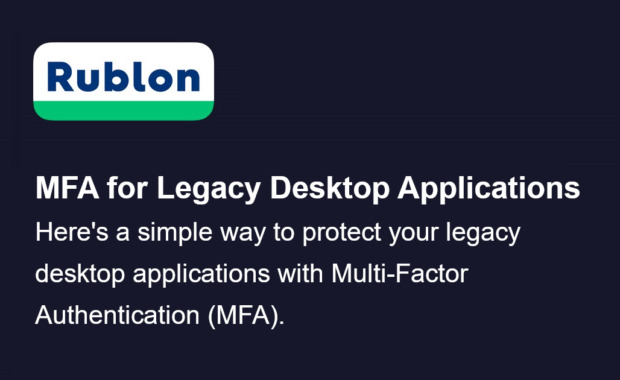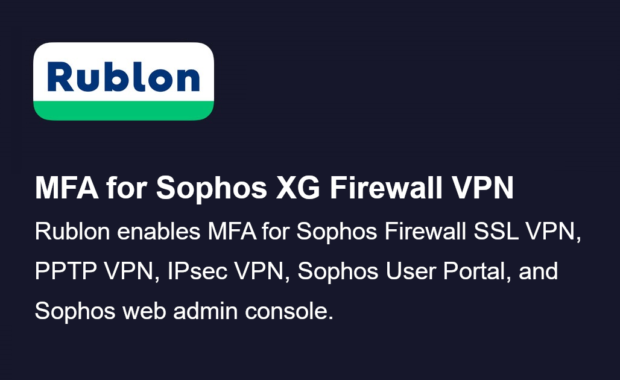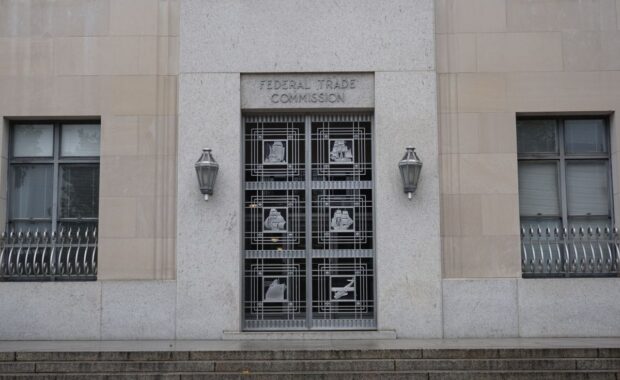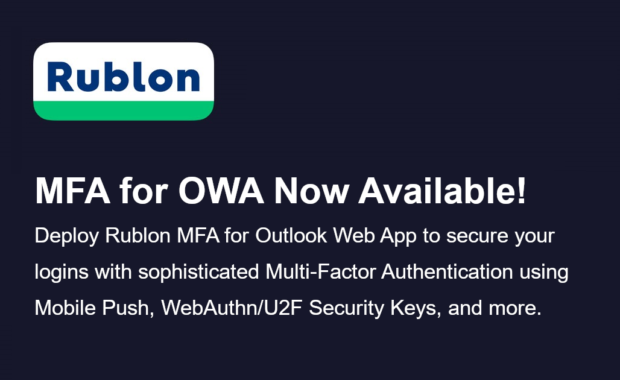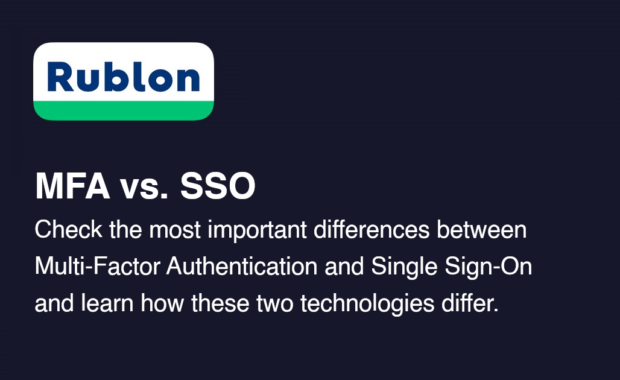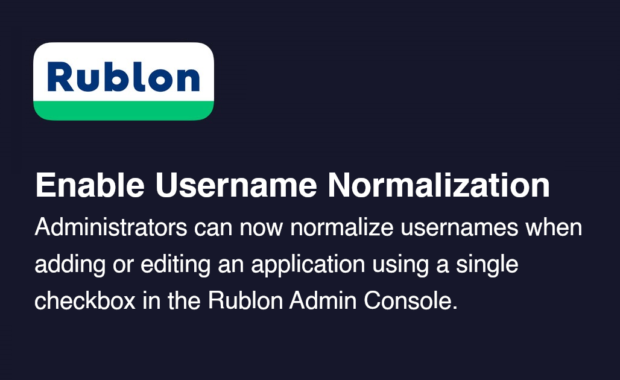The main difference between LDAP and LDAPS is that LDAPS is more secure than LDAP. This is because LDAPS is essentially LDAP encrypted using TLS/SSL
How to enable MFA on legacy desktop applications
Here’s how to protect legacy desktop applications with Multi-Factor Authentication (MFA): 1. Install legacy desktop applications on Windows
Enable Multi-Factor Authentication for Sophos XG Firewall Logins
We are proud to announce that Rublon now enables Multi-Factor Authentication (MFA) for Sophos XG Firewall VPN logins. Users can safely connect to
FTC Safeguards Rule Updates Its Security Requirements
The Federal Trade Commission (FTC) announced a significant update to the FTC Safeguards Rule. The changes aim to improve the protection of customer
Our MFA Connector for OWA (Outlook Web App) Is Out!
We are thrilled to inform you that the long-awaited Rublon connector for OWA is here. The Rublon MFA for OWA connector adds Multi-Factor
RADIUS vs. TACACS+: What’s the Difference?
TACACS+ and RADIUS are two common AAA (Authentication, Authorization, and Accounting) protocols. Learning about the differences between these two
PCI DSS Introduces a New MFA Compliance Requirement
The Payment Card Industry Security Standards Council (PCI SSC) has recently issued version 4.0 of the PCI Data Security Standard. The PCI DSS v4.0
MFA vs. SSO: What’s the Difference?
SSO and MFA are some of the hottest topics in cybersecurity and Identity and Access Management (IAM). But what’s the difference between SSO and MFA,
Username Normalization Now Available For Every Organization
You can now enable username normalization for all users who log in to a particular application. This means that different forms of usernames, such as

